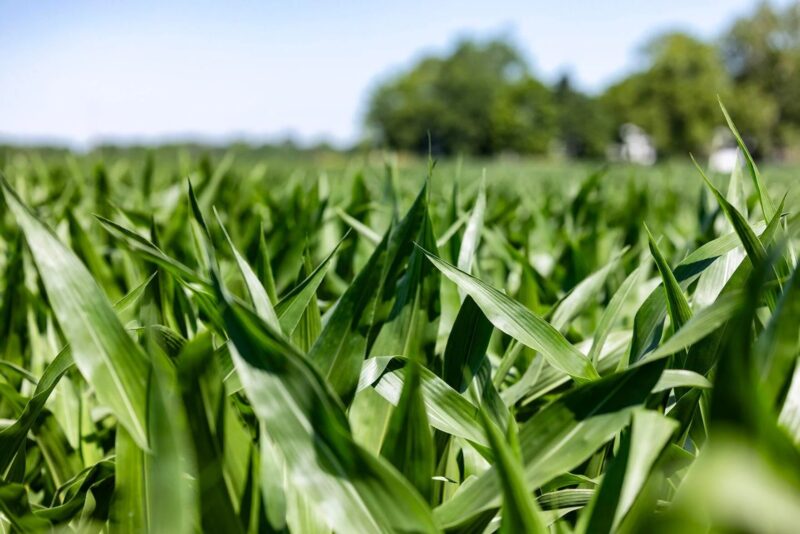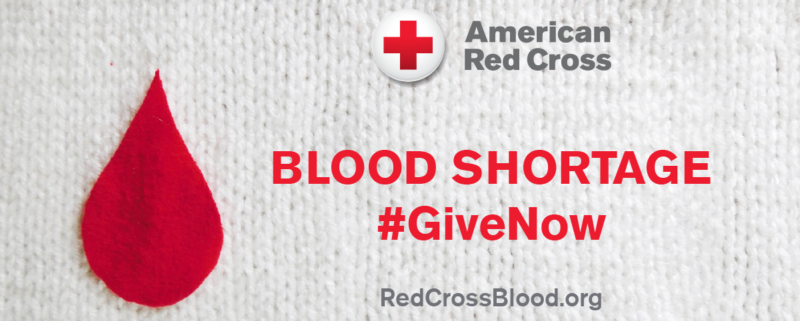Corn acres planted down, soybean acres up in Illinois
By DANIEL GRANT
FarmWeek
 A challenging planting season apparently didn’t stop U.S. farmers from seeding a hefty amount of corn and soybeans, according to USDA’s much-anticipated June acreage report released Friday.
A challenging planting season apparently didn’t stop U.S. farmers from seeding a hefty amount of corn and soybeans, according to USDA’s much-anticipated June acreage report released Friday.
Despite wild weather fluctuations in recent months, USDA pegged planted acreage at 91.5 million acres of corn and 86.1 million acres of soybeans. The corn estimate is down 3% from last year but more than a million acres above the average trade guess while the soybeans estimate is up 3% from a year ago.
In Illinois, USDA estimates farmers planted 10.9 million acres of corn this season, down 300,000 acres from last year, and 10.7 million acres of beans, up 350,000 from 2023.
“Planted acreage surprised the corn trade,” Karl Setzer, market analyst with Consus Ag Consulting, told FarmWeek. “The big question is how much of those acres may or may not have been lost to flooding.”
Prevent plant acres are not accounted for in the June acreage estimates. Setzer and fellow analyst Joe Camp, of CommStock Investments, feel the numbers could be revised in subsequent reports.
“It (the unexpectedly high corn acreage estimate) goes in the face of what we think about how the planting season went,” Camp told the RFD Radio Network. “It’s a reminder, though, of in past years these acreage numbers really are moving from here and potentially coming down.”
**Editor’s Note: If you find the story here of value, consider clicking one of the Google ads embedded in the story. It costs you nothing but Google will give the website owner a few cents. This is a way to help support local news at no cost to the reader.
USDA also released its quarterly stocks report Friday with some bearish undertones. That report pegged stocks at 4.9 billion bushels of corn, 970 million bushels of bean and 702 million bushels of wheat. All three estimates were up considerably from last year and above trade expectations.
“I think the stocks numbers are more of what we’re trading now rather than acres,” Setzer said. “But, by the end of today (June 28), I think we’re back to trading weather.”
Camp also sees recent weather extremes as a key player in the market moving forward.
“There is a real back-and-forth between the speculators trying to push the market lower and the fundamentals wanting to maybe say let’s wait and see,” Camp added. “You have a weather story that speculators may see as bearish, because of rains moving across the eastern Corn Belt after a hot dry spell, ignoring if you will what’s going on in the western Corn Belt with all of that flooding and the lost acreage.”
This story was distributed through a cooperative project between Illinois Farm Bureau and the Illinois Press Association. For more food and farming news, visit FarmWeekNow.com.
**Editor’s Note: If you find the story here of value, consider clicking one of the Google ads embedded in the story. It costs you nothing but Google will give the website owner a few cents. This is a way to help support local news at no cost to the reader.






































